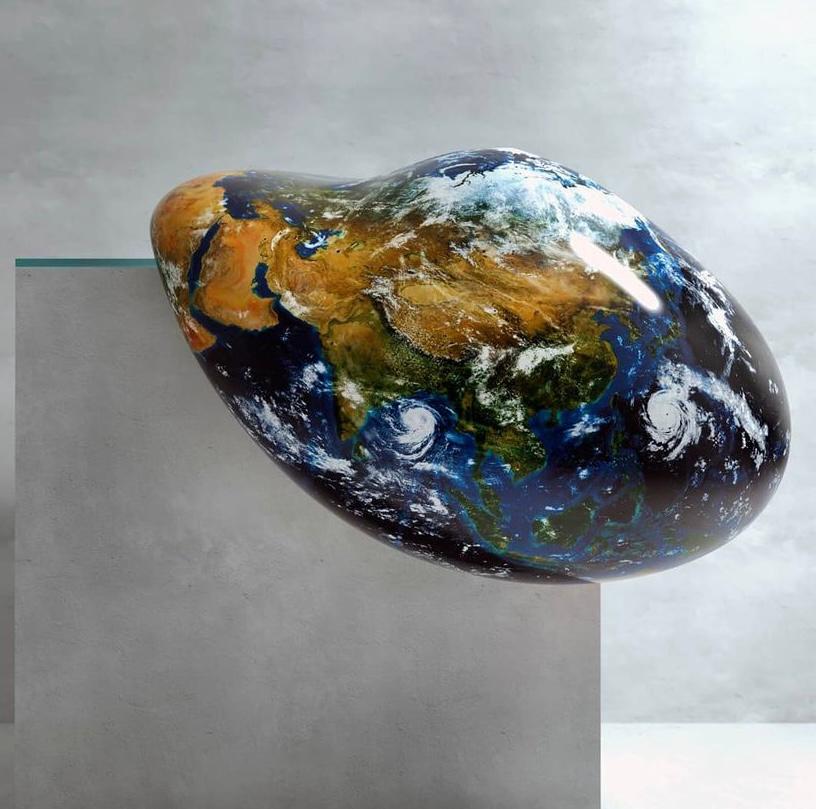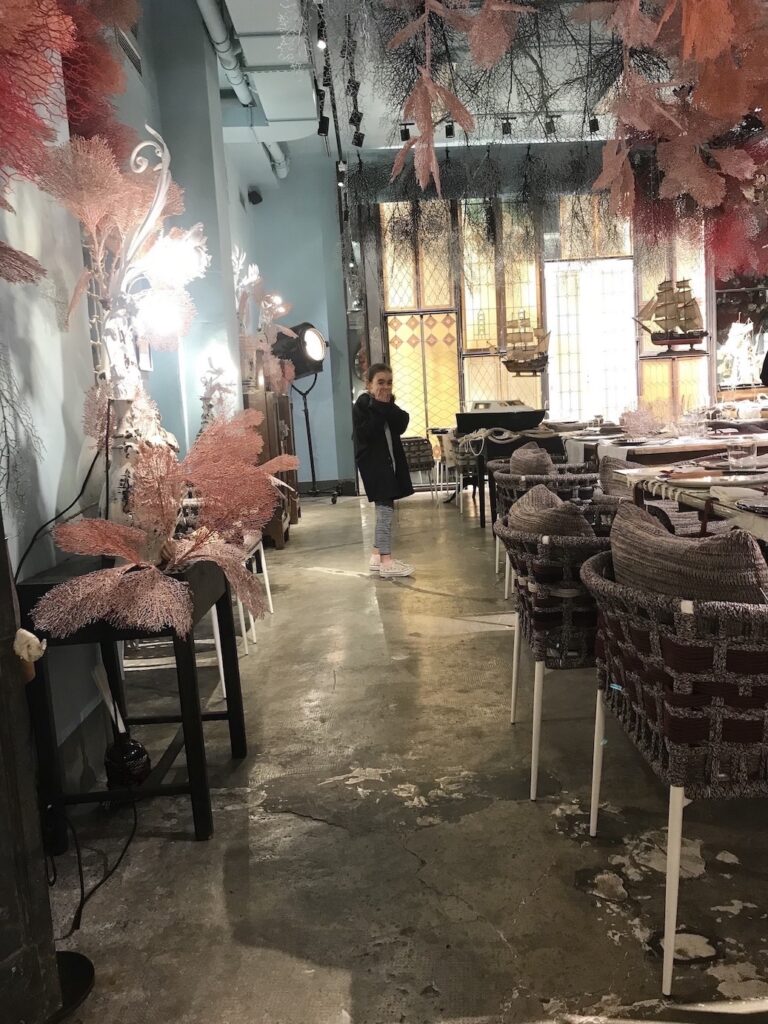Reaffirming the Cultural Narrative of Fashion
Exploring the Threads of Identity, Style, and Societal Evolution
Reaffirming the cultural narrative of fashion helps in understanding its true essence and value, which goes way beyond the social media-generated fluff. In fact, that is not the style we like.
Fashion is culture, the culture of our times.
In other words, fashion serves as a reflection of culture – contemporary culture or any given one – offering insights into societal norms, values, and behaviours. From the style people wear, we can perceive women’s freedom or to what degree patriarchy rules.
Identity, Style, and Societal Evolution: The Cultural Narrative Beyond Fashion
The way we dress speaks volumes about us. From the brands we buy – which, by doing so, we endorse, championing their values; to our consumption habits and preferences. It encompasses our quest for specific fabrics, our discernment of quality and materials. And even extends to the lifespan of our purchases; the amount of waste we discard; our regard for both the labour of others and the well-being of our planet. So, through the style people wear, it is possible to read their identities and values.
The work of a designer, creating and putting out more stuff in our contemporary context, is particularly challenging. Their task is not talking sustainability but creating an exceptional design, beautiful pieces made to last and worth buying. Good design #formodernhumans intrinsically means for brands to make garments in respect of people and the planet. Less noise, more facts. And the proof of their intentions is that they are willing to make clothes in small batches. Quality, not quantity.
Reaffirming the cultural narrative of fashion aims to highlight that fashion is not merely about clothing but also about the deeper cultural currents shaping our world.
All these details and information can tell us who we are and where we are heading as a society.
Fashion is culture, the culture of our times.
Reaffirming the Cultural Narrative of Fashion Read More »




